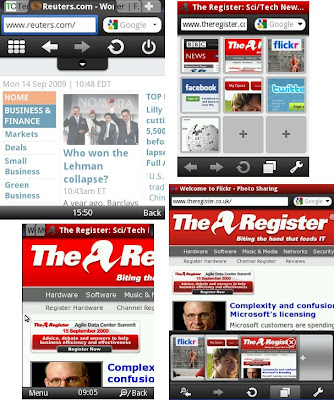Lets take Case 1: Disaster risk management office in government calls to emergency responder within disaster areas in order to supply temporary service to the disaster areas.
This should not be a problem because the emergency responder is an authorised user with higher priority of access class and will be able to make and receive calls in the disaster area.

Case2: Ambulance attendant reaches a rescue site in the disaster area but cannot find the person who asked for help originally because of unexpected destruction. The attendant should be able to call him/her in order to make sure where he/she is.
Case3: Firefighter is at a scene of fire of high-rise apartment in the disaster area and calls to a person who asked for help in order to give out directives on the evacuation.

These scenarios as such are no problem except when there is congestion on the receiving side. In that case either the emergency attendant or the risk management office should be able to get in touch and establish the call.
This new capability will be available probably when Release 9 is finalised in December this year.

These scenarios as such are no problem except when there is congestion on the receiving side. In that case either the emergency attendant or the risk management office should be able to get in touch and establish the call.
In technical terms, the people like emergency attendants and disaster risk management office attendants are called authorised users and the ordinary people who need help are known as unauthorised users.
It should also be possible to make a small duration call between unauthorised users so people can check each others safety. This can be controlled by changing the permission of different access class for small durations so that people can trigger calls for small duration.
The study found that eMLPP (Enhanced Multi-Level Precedence and Pre-emption) that is already available since GSM days can resolve the problem of prioritisation in resource allocation. A new capability will be required to allow UEs with indications from the network to perform location registration and respond to a paging request even though it is under access class barring conditions to complete certain classes of calls or messages (e.g. calls from emergency personnel, …).
This new capability will be available probably when Release 9 is finalised in December this year.
As far as understanding this eMLPP is concerned, the following book has quite a lot of details on this topic. If you can get hold of it then do go through it.
Preferential Emergency Communications: From Telecommunications to the Internet (The Springer International Series in Engineering and Computer Science)
Here is the google books link for that.
Preferential Emergency Communications: From Telecommunications to the Internet (The Springer International Series in Engineering and Computer Science)
Here is the google books link for that.















